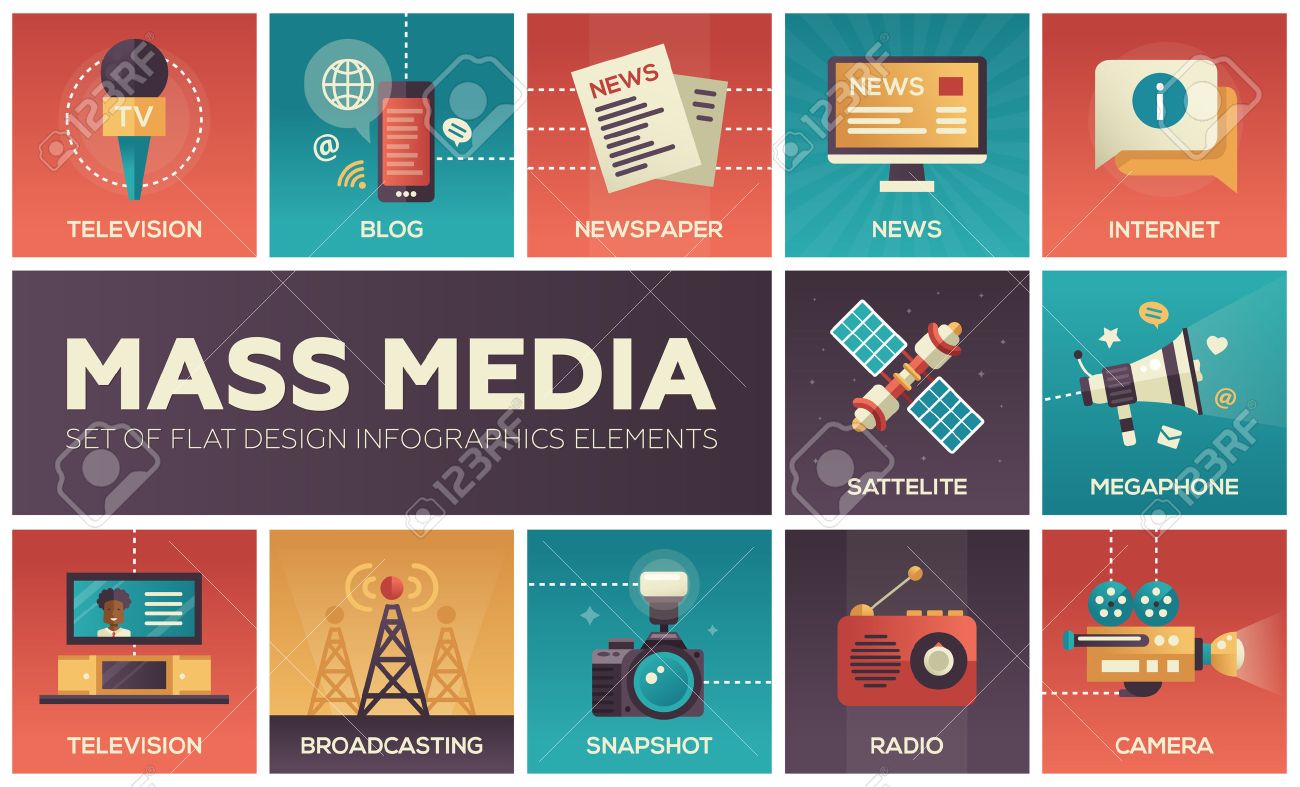Scanning
my subjects on my 2nd term in UST Senior High, I’ve seen three
letters: the M-I-L. It eventually led me to excitement because of I knew that
this was all about filming and all. But suddenly asked myself, was it all about
the camera or the script?
On the
second of day of our classes, Media Information Literacy (MIL) was introduced
to us by our teacher. And by that, I’ve learned different concepts behind this
subject. One is that being literate is not only the person that is able to read
and write but these are the persons that is capable of solving problems and is
a critical thinker. Through the word “media” we can say that it somehow
connects to communication and even technology. Media has three main types: Mass Media, Traditional Media, and New
Media.
Mass Media-
refers to a communication channel that’s purpose is to reach a wide range of
audience. Examples are television, radio, books, or even the internet.
Mass
media can also be classified according to ownership which are indicated below:
- Mainstream
Media are those managed by large companies like ABS-CBN or Cartoon Network.
- Independent
Media are those operated by independent film makers.
- Alternative
Media are the small media groups (journalism) that do not have space in
mainstream media.
- State-owned
Media are those funded by the government.
Traditional Media–
which have been developed before the birth of the internet and are of three
types: print, broadcast, and film.
New Media– anything
that is included in the internet: youtube, facebook, google, etc.
Media
Literacy is the ability to analyze, access, and to create media. Through this,
we can know how important media is to the society. We can be able to be skilled
in exposing to different types of media which is a key for the whole country or
even the world’s development.
Technology
Literacy is the capacity of an individual to get pertinent informations and
uses technology (phone, internet, computer) to evaluate or even comprehend the
information. Through our engagement in higher forms of technology, we are able
to be efficient and more accurate to communicate from the different parts of
the world.
Information
Literacy is the expertise of an individual to recognize when information is
needed and how we can use it effectively. And the most common importance of
media is that it highly influences its audience using different mediums of
discerning information which allows them to be more crucial and competent in
applying the sense of what they’re learning on their daily lives.
Through
learning the 1st chapter of Media Information Literacy, I’ve also
learned the characteristics that composes a media. One is that creating
contents of a media requires a careful listing of what is conveyed to the mass.
Second is that media industry is most of a business like GMA and ABS-CBN. Third
is that media can be interpreted in many ways based on the audience’s life
experience. Fourth is that media can be social or political. What is happening
on today’s community can be seen through media. We just have to be critic in
interpreting the hidden message of a particular media. And last but not the
least, media uses aesthetics depending on the preference of the people behind
the making.



